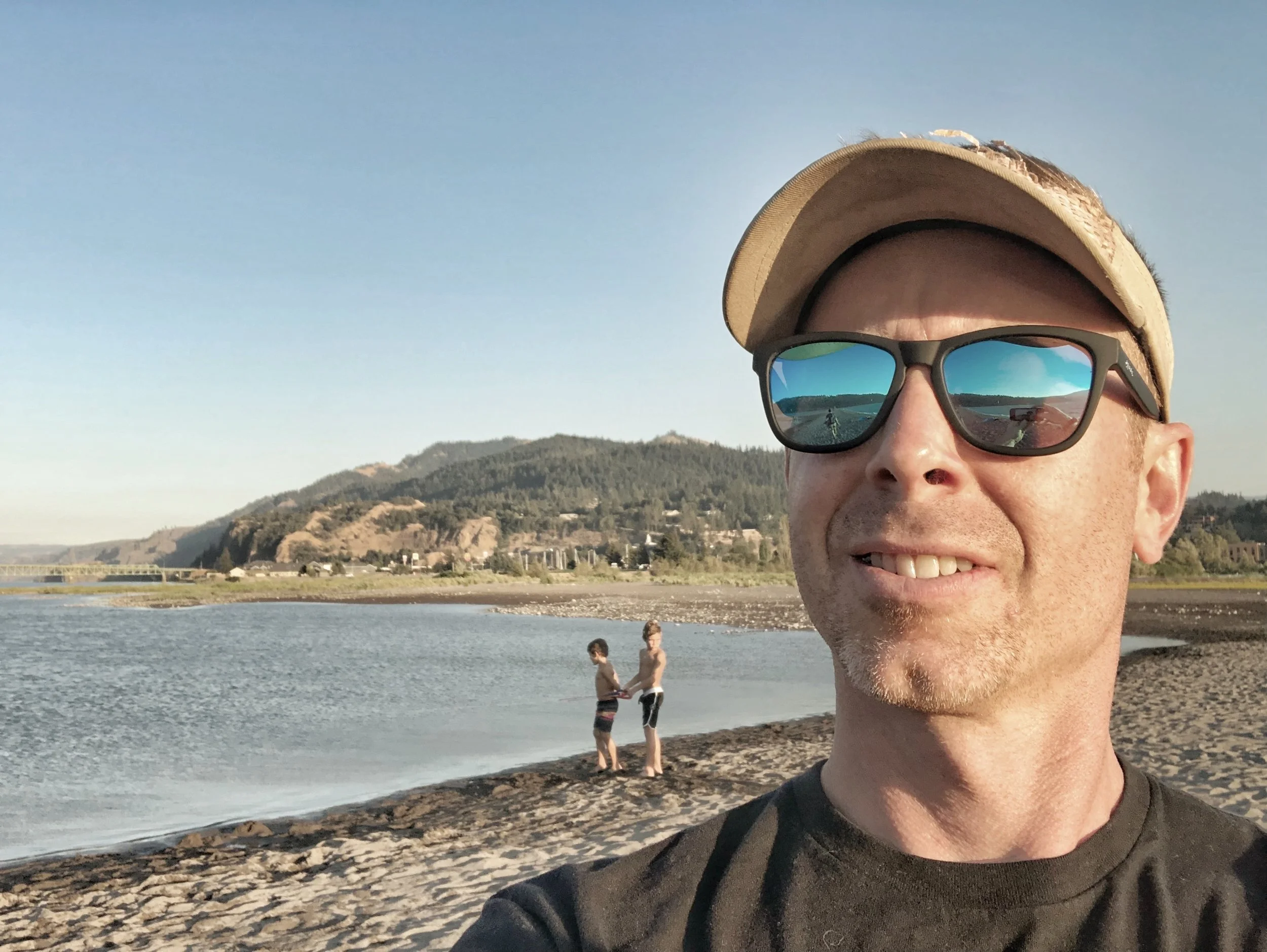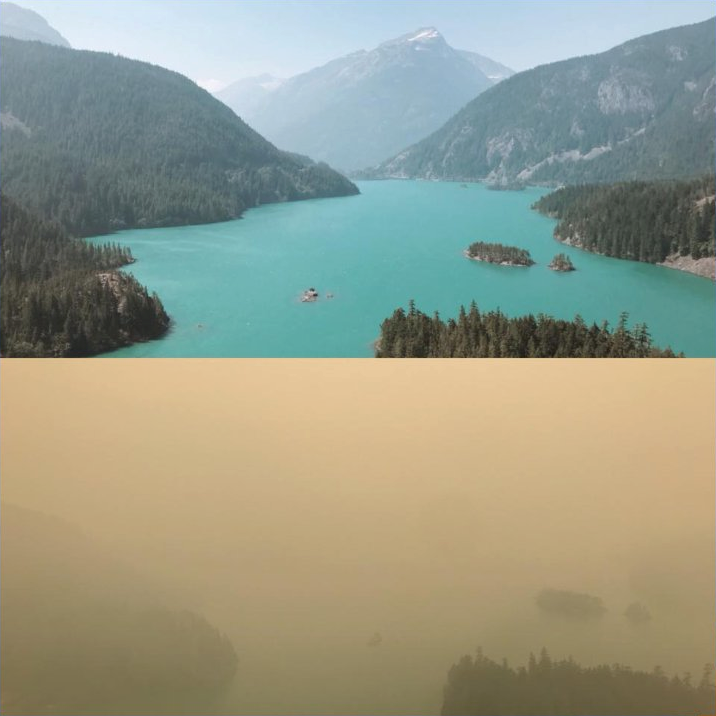“Should I run in the a smoke filled region...in a short answer no.”
When is Smoke too much?
The "new" seasonal shifts occur from Summer to Smoke to Autumn are difficult for us runners. The question is raised by many of my patients and our running community what levels are safe and when should I get my mileage in? These are great questions and not always an easy answer.
When people run, jog, or even walk, their respiratory pattern quickens in order to bring more air into their lungs. Particulates in the air small enough to bypass the nasal or oral cavities natural defenses also comes into our lung's alveoli. Running when the air quality is poor get a much bigger dose of pollutants — making 3 miles twice as hard, lengthening recovery time and increasing pulmonary risks. If you have tried the past few weeks it feels like the exchange occurring in our bodies is much more difficult almost like running at altitude after being a sea level for awhile.
Pollution research comes into play even with organic wild-fires. Pollution (PM 2.5) are typically low throughout most of the year in the NW (thanks to precip), but spike on certain days, especially in the "fire season". If the issue is acute (short-term) exposure. If an athlete is exposed to "high" concentrations of PM 2.5 once, their body will repair that damage within a few days and life will continue as usual per CDC and EPA guidelines.
By definition PM 2.5 refers not to a particular chemical or gas, but to a whole class of airborne particles characterized as similar because of their size (ranging from 25 to 100 times) thinner than a human hair. This fine particulate matter is considered more harmful than PM 10, the classification for larger particles, because smaller particles can travel deeper into the lungs causing temporary and even permanent damage.
IAAF & USOC recommendations
In a report and presentation that I worked with with Dr. Bob Adams for the Beijing Olympics there was rigorous effort to prevent exposure to the "High' PM in and around the Olympic venues. Many athletes choose not to train near the Olympic events and stay away until the 24 hours of their events. There was a fear of short term asthma like symptoms that may appear effecting VO2 max and thus performance not only at the games but in subsequent competitions and events for the next 3-6 months after.
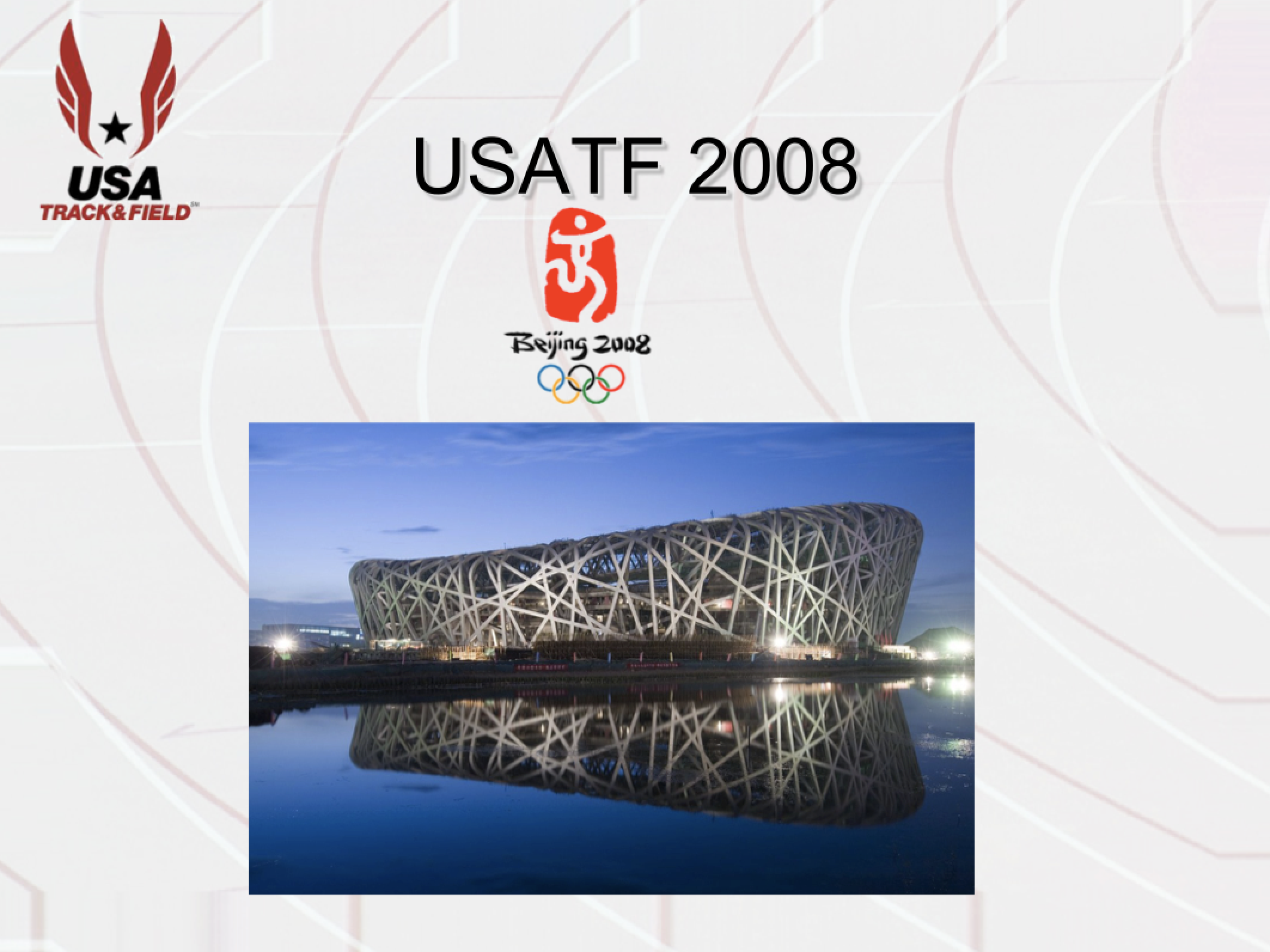
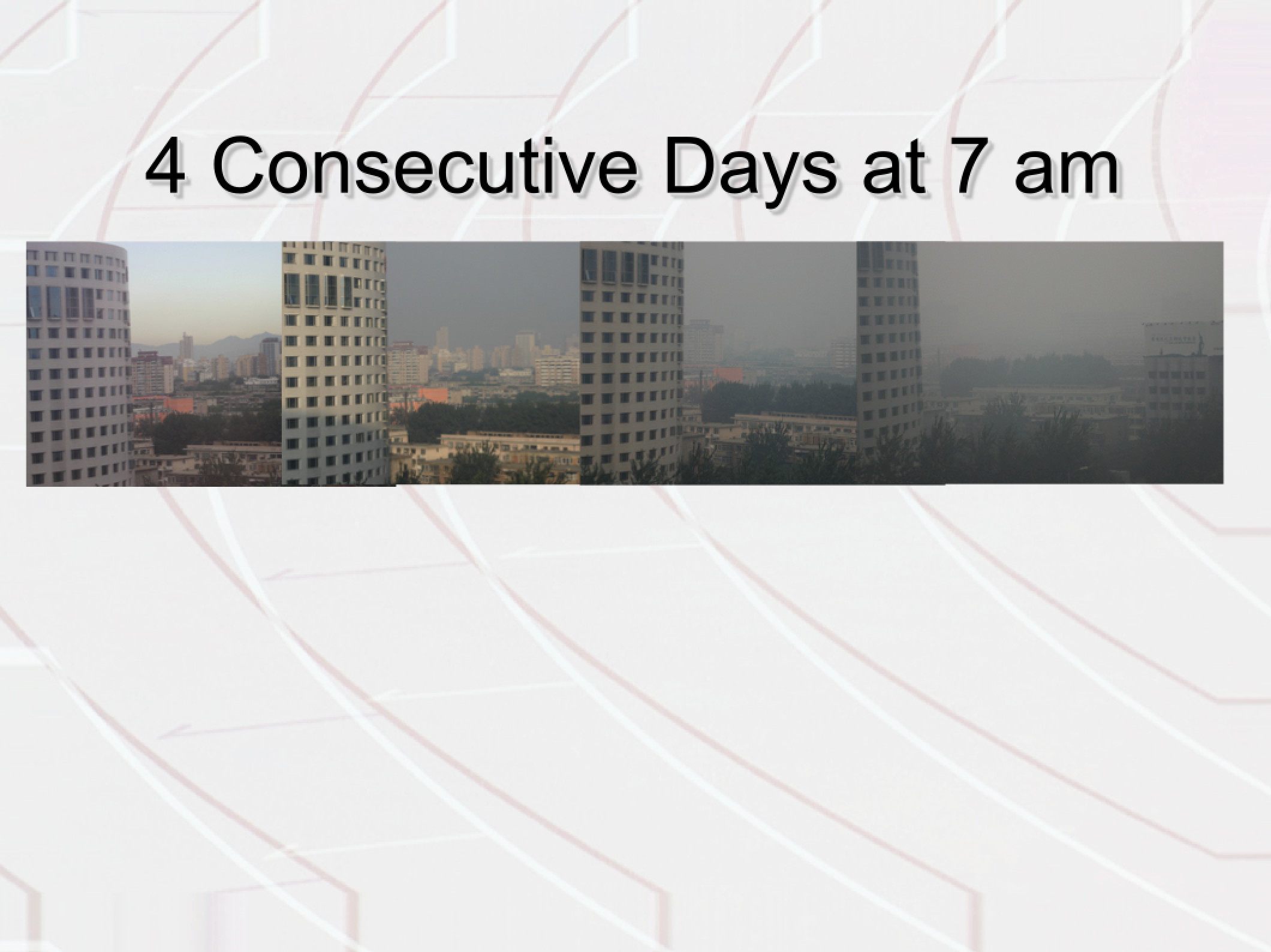
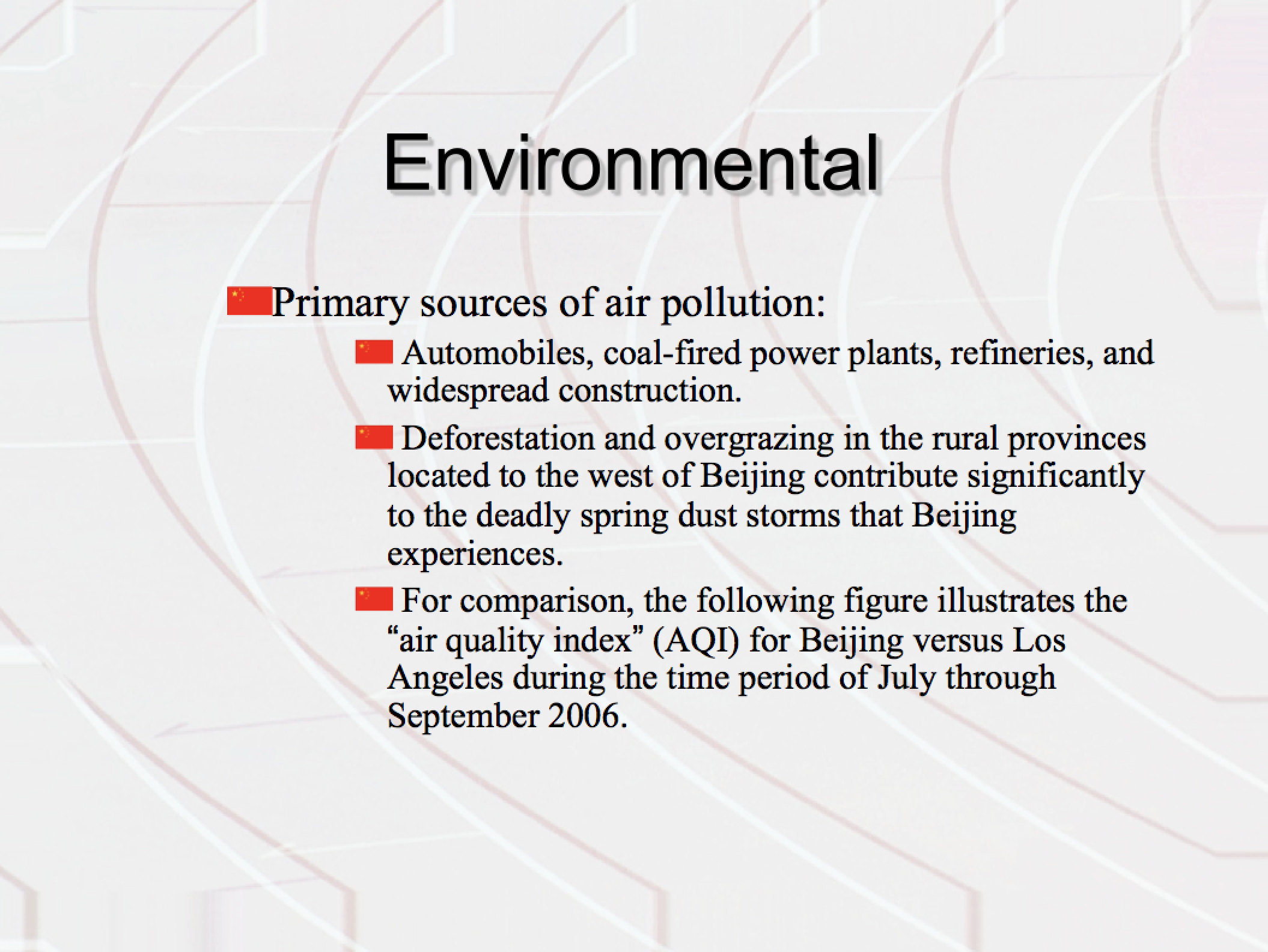

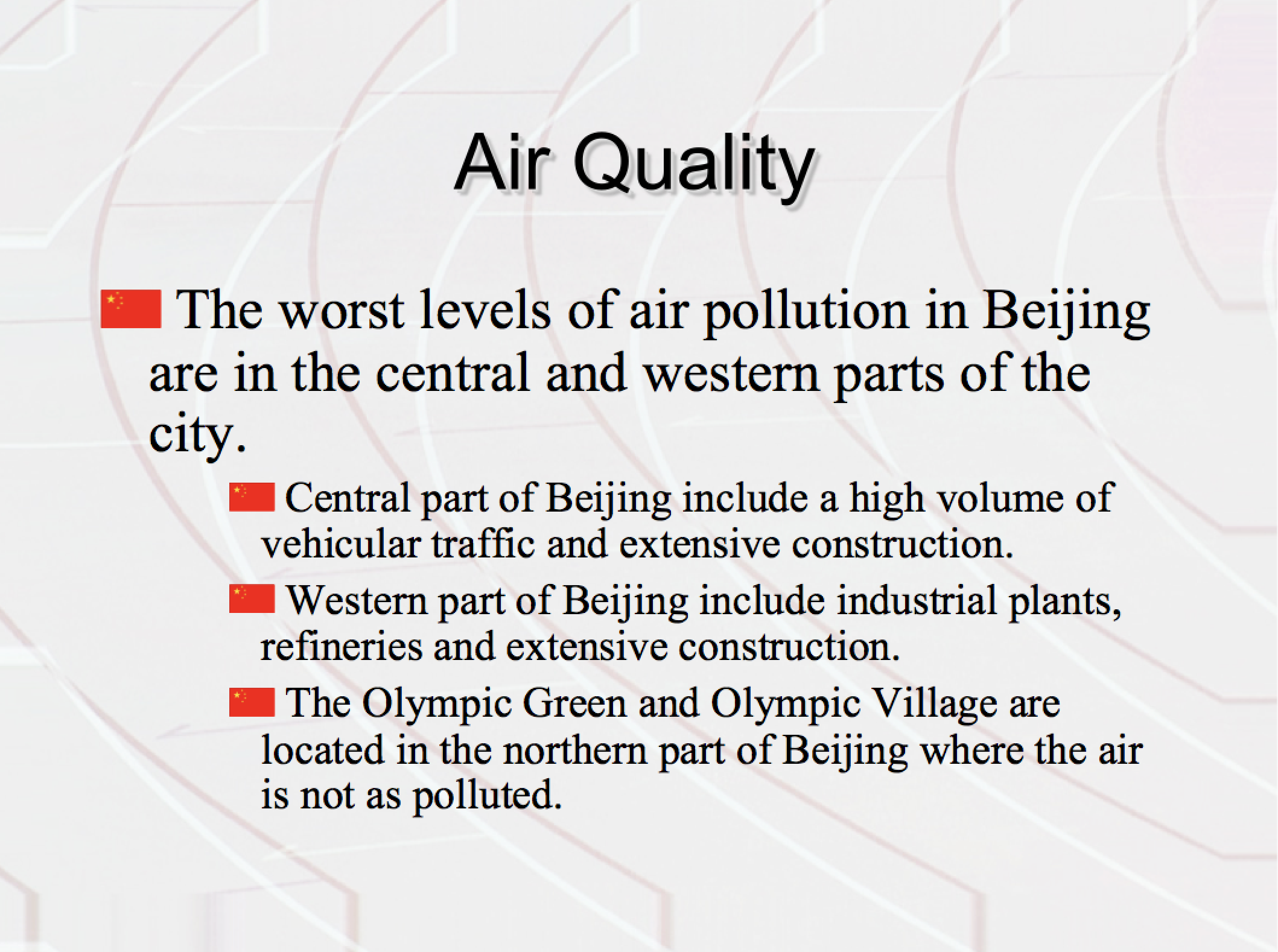
My advice
- Run in the morning, depending on the dew point can be your best chance at clear air.
- I am recommending if you can smell the smoke or visibility is limited then these are great indicators to head to the dreaded treadmill
- Focus on workout items in the interim that you have been putting off likely flexibility and strength training work
- Re-Discover your core
- If you do decide to brave it you can run in a mask (not fun) and make sure to cut your mileage significantly
- Running in a trail system may also help with the quality of the air depending on geography and wind
- Note: If you do decide to go ahead with a workout or race when air quality is poor, be aware that your oxygen intake will be impaired by as much as 5% or greater, your times will reflect this


